Treatment Options For Hyperkeratosis
Hyperkeratosis is a skin condition that occurs due to an overgrowth of a tough, fibrous protein called keratin. This protein can be found in the skin, hair, and fingernails. The overgrowth causes patches of thickened skin to appear in the skin's outer layer. Hyperkeratosis can result from inflammation, pressure, or irritation to the skin. Some types are inherited conditions. Many conditions can cause keratin to overgrow, such as eczema and psoriasis. Other forms of hyperkeratosis include warts, corns, calluses, keratosis pilaris, leukoplakia, follicular hyperkeratosis, and epidermolytic hyperkeratosis. Most forms of this condition are manageable with preventive measures and medication. Patients should see a doctor if their condition causes pain or discomfort or if they notice suspicious lesions, especially if they are red, swollen, or have any other signs of infection. Learn how to treat hyperkeratosis now.
Topical Corticosteroid Treatment
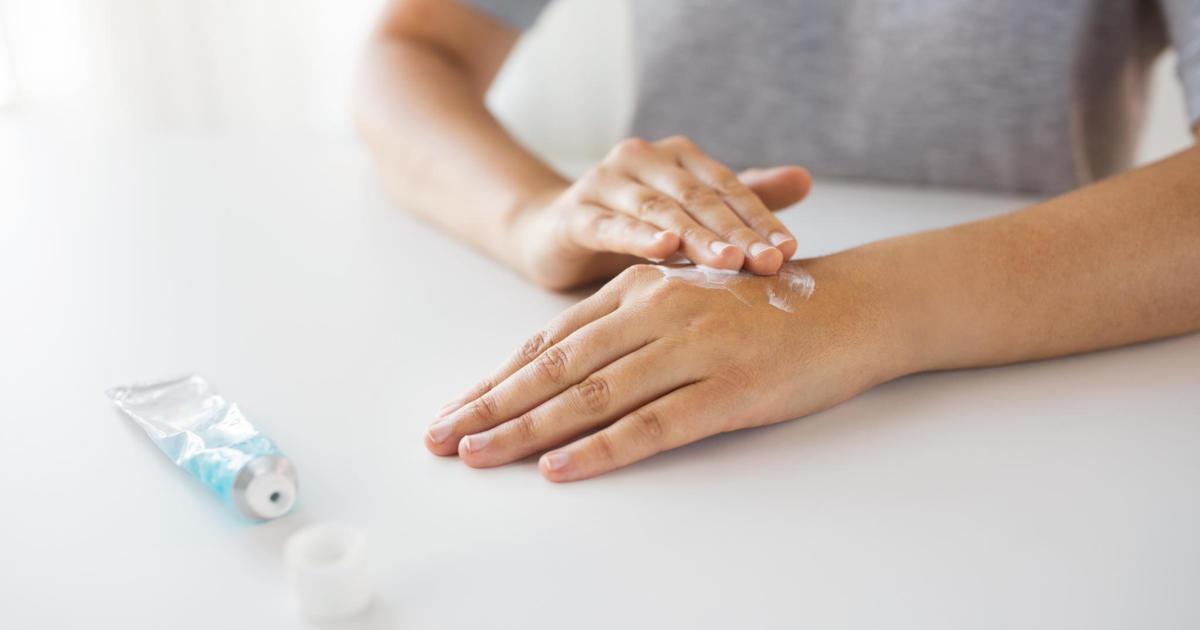
Topical corticosteroid treatment consists of creams, solutions, ointments, and foam made with corticosteroids. These topical treatments help relieve the itching and reduce the inflammation of conditions like eczema and lichen planus. Eczema causes patches of dry, scaly skin to develop, and lichen planus causes the white patches that grow on the inside of the mouth. Mild cases of eczema can be treated with over-the-counter treatments, and more potent steroids may be prescribed for severe rashes. Topical corticosteroid treatment is very effective for eczema flare-ups. Patients should keep the affected areas moisturized to lessen the risk of future episodes. Some corticosteroids have side effects like stretch marks and thinning skin, but they’re rarely an issue if medications are taken as directed.
Get the details on more options for treating hyperkeratosis now.
Cryosurgery
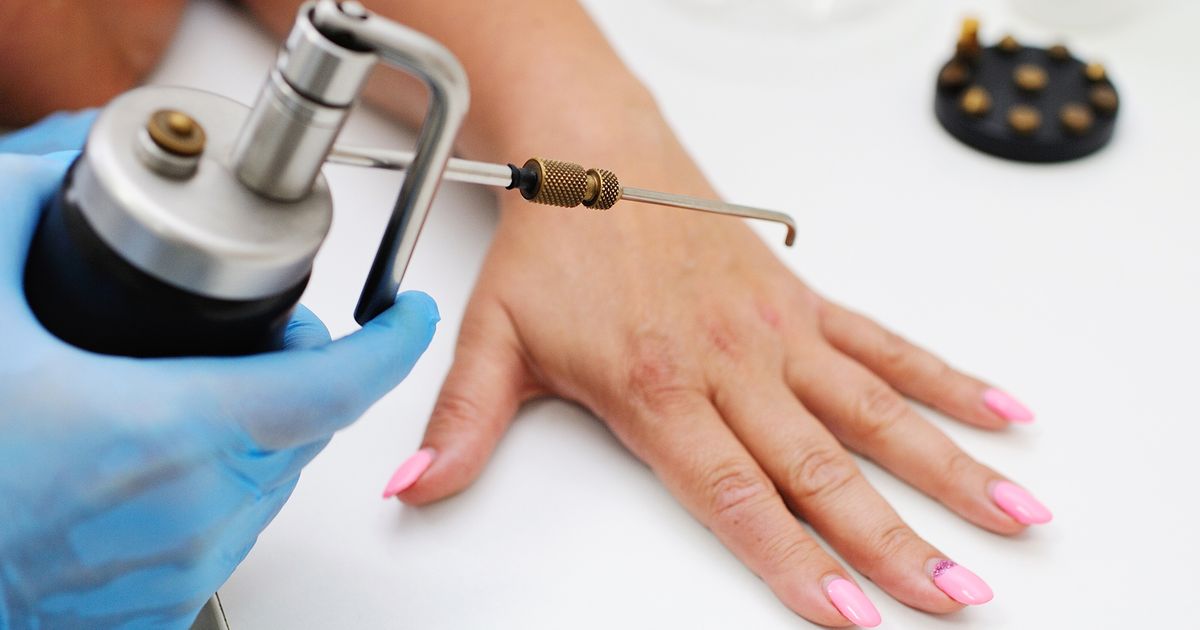
Some hyperkeratosis growths may be treated with a method called cryosurgery, which uses liquid nitrogen to freeze the lesions. A blister usually forms under the treated area, and the skin may be red, sore, and swollen right after the procedure. The blister typically becomes crusted, forms a scab, and eventually falls off within a few weeks. Cryosurgery is most commonly used to treat growths suspected of being cancerous or precancerous. These types of growths include warts and those caused by actinic keratoses or seborrheic keratoses. Liquid nitrogen is the most commonly used treatment for actinic keratosis. This condition causes small, reddish, scaly bumps or very rough, abrasive patches of skin to develop, often due to excessive sun exposure. This treatment option is also effective for a condition called seborrheic keratosis. The skin growths caused by this condition are noncancerous, but can look suspicious. The small brown or black lesions typically appear on the face, neck, shoulders, and back. Thicker lesions may need more than one treatment to remove the affected skin.
Read more about how to treat hyperkeratosis now.
Wear Protective Padding
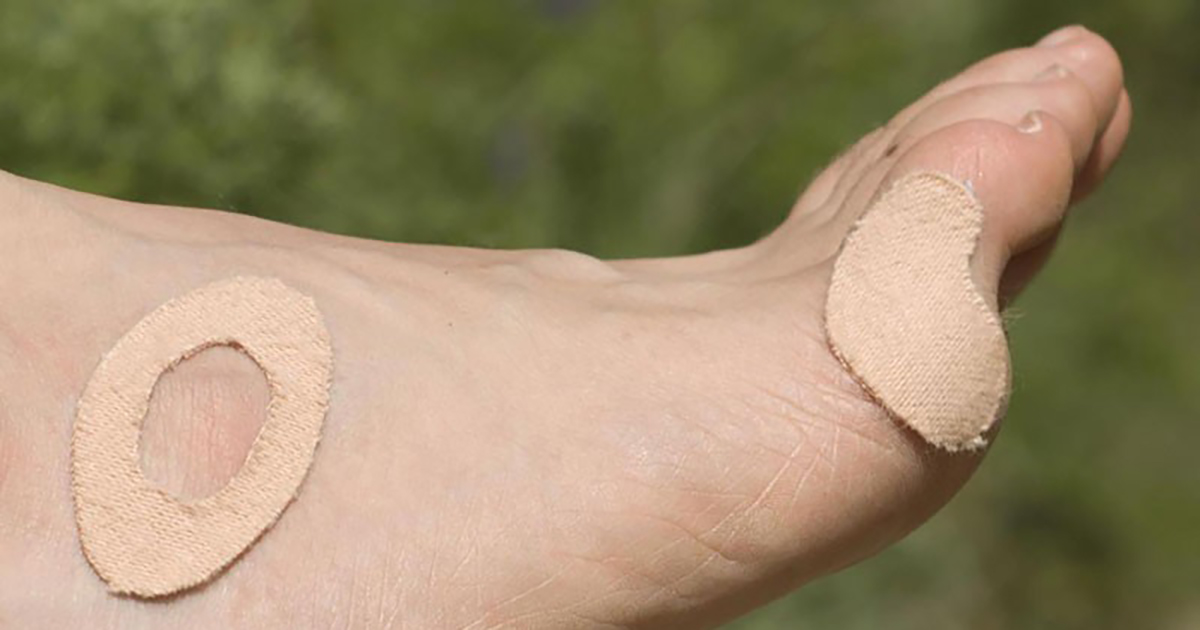
Corns and calluses are types of hyperkeratosis that usually develop from constant pressure or rubbing from ill-fitting footwear. Corns are lesions that grow on or in between the toes, and can appear as dull, rounded bumps. Calluses are thick patches that can grow on the fingers or the bottom of the feet. These growths can become painful over time if left untreated. Patients can wear protective padding to treat or prevent calluses and corns. These materials cushion the growths or hold the foot in a more comfortable position. They also relieve the pressure and pain of larger growths. Moleskin pads are a popular choice to protect the skin from irritation and provide extra support. They're made with a very soft fabric and can be used for both corns and calluses. If a patient's corn or callus is small, they can cut out doughnut-shaped pads to go over and around the corn or callus. Calluses that cover a fairly large area can be covered with protective padding to transfer the weight away from the callus.
Continue reading for more information on treating hyperkeratosis now.
Stop Wearing Improperly-Fitting Shoes
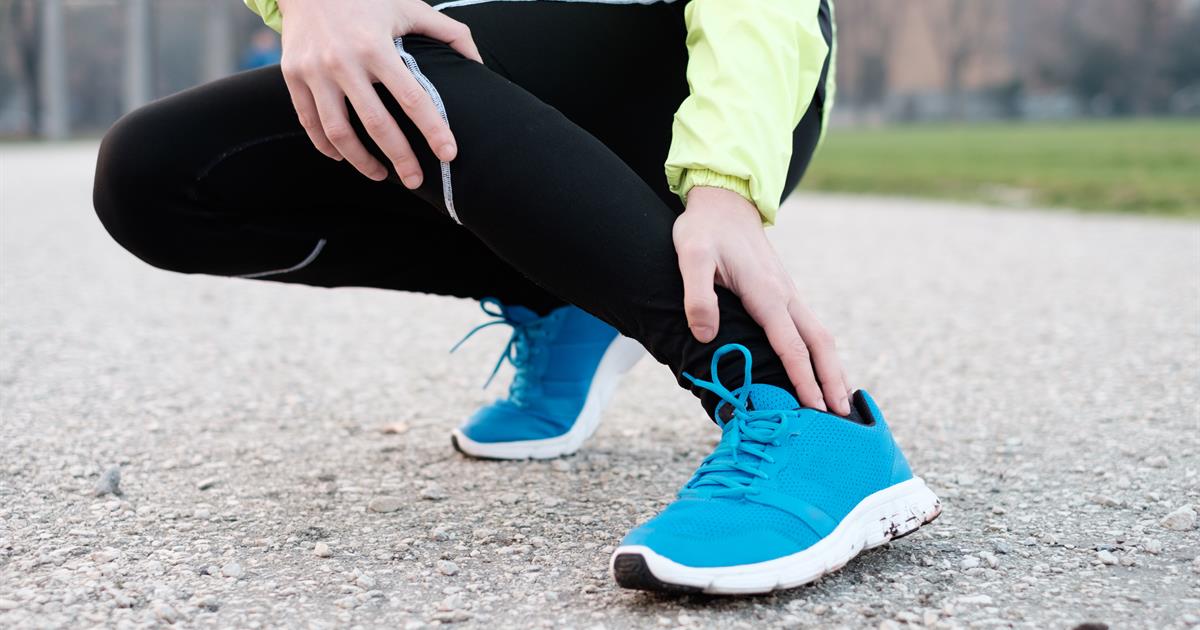
The thickened skin that appears on the toes or feet usually results from wearing ill-fitting shoes. These thickened spots, known as corns and calluses, can lead to serious health issues for diabetes or others with poor circulation, according to the American Podiatric Medical Association. Studies have shown the effects of wearing ill-fitting footwear among older individuals who reported skin irritation from their footwear. These patients also had a history of corns and calluses. Less than fifteen percent of the participants in one of the studies had properly fitting shoes. Another study of diabetes patients revealed less than twenty-five percent of the participants were wearing the right size of shoes when sitting or standing. The most commonly cited reason for size discrepancies during these studies were shoes that were either too long or too narrow for the feet. One of the most effective ways to prevent the growth of these kinds of hyperkeratosis is to stop wearing improperly-fitting shoes.
Learn more about ways of treating hyperkeratosis now.
Shave Removal Technique
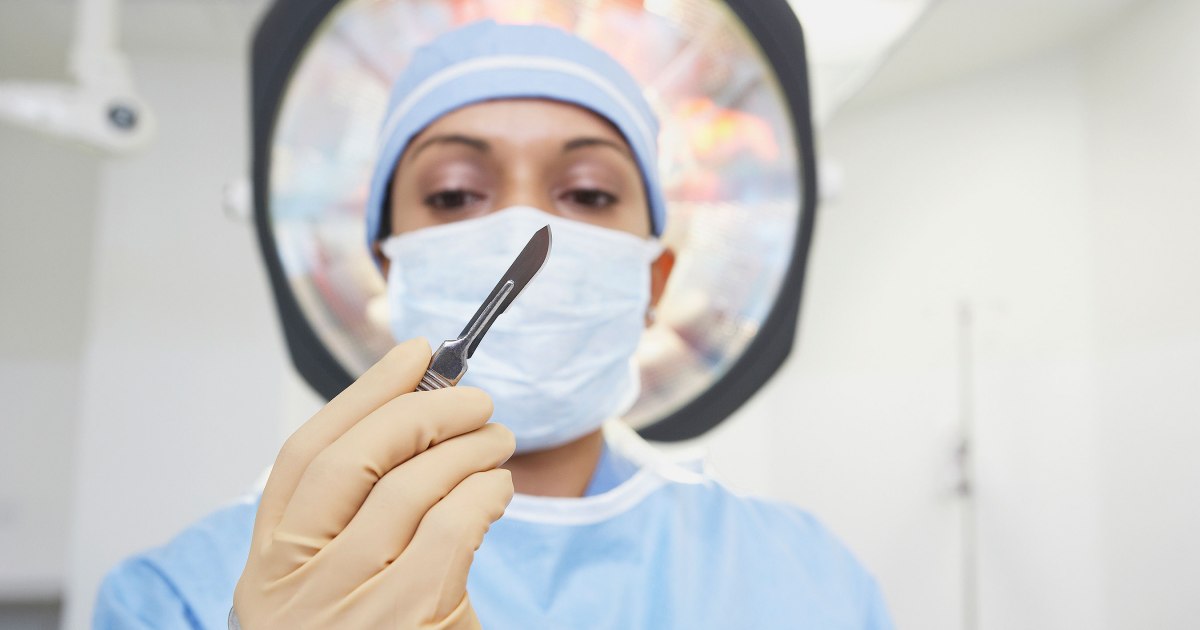
The shave removal technique can be used for growths in the skin's outer layer and for those that rise above it. It can also be used to reduce the thickness of growths like calluses. Patches caused by conditions like seborrheic keratosis can be removed by this technique. Some patients may choose this method to remove their warts as well. With the shave removal technique, a small blade is used to shave the outermost layers of the affected area, which typically includes all or part of the growth. Medication is administered before the procedure to numb the area and afterward to stop bleeding. Stitches are usually not required. A technique called cauterization is sometimes used to seal the blood vessels.